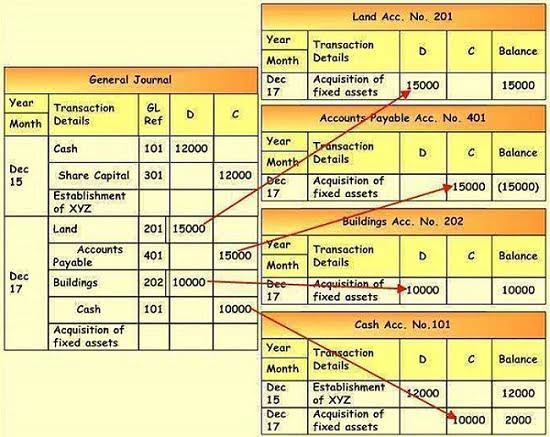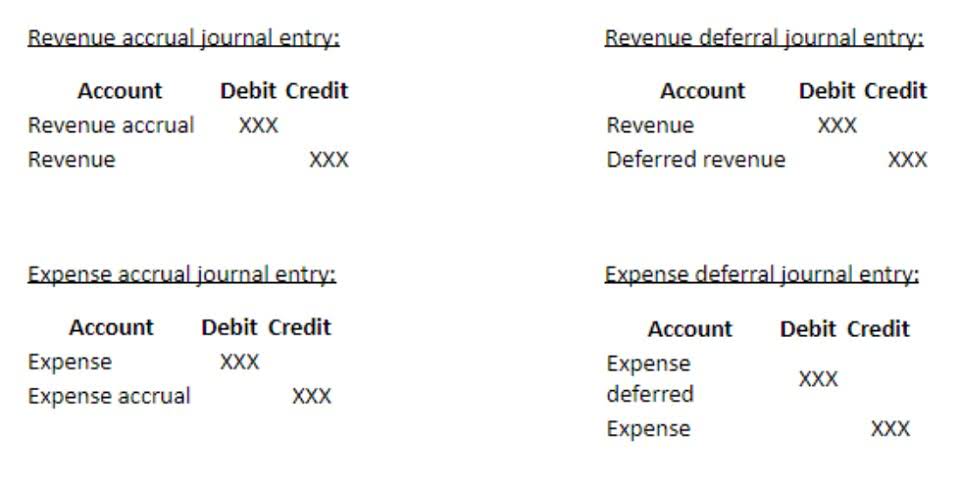This team of experts helps Finance Strategists maintain the highest level of accuracy and professionalism possible. At Finance Strategists, we partner with financial experts to ensure the accuracy of our financial content. Yarilet Perez is an experienced multimedia journalist and fact-checker with a Master of Science in Journalism. She has worked in multiple cities covering breaking news, politics, education, and more. Take your learning and productivity to the next level with our Premium Templates. Access and download collection of free Templates to help power your productivity and performance.
Concepts In Practice
- The margin of safety is a measure of how far off the actual sales (or budgeted sales, as the case may be) is to the break-even sales.
- Margin of safety is the difference between a stock’s intrinsic value and its market price.
- Ethical managerial decision-making requires that information be communicated fairly and objectively.
- We have included an Excel spreadsheet to help you manually calculate fair value and margin of safety.
Value investors believe people pay more for attractive, fashionable, or “sexy” stocks. Therefore, many value investors look closely at unattractive, boring, and unfashionable stocks. Unlike a manufacturer, a grocery store will have hundreds of products at one time with various levels of margin, all of which will be taken into account in the development of their break-even analysis.
How To Calculate Margin Of Safety?
Keep in mind that managing this type of risk not only affects operating leverage but can have an effect on morale and corporate climate as well. It is an important number for any business because it tells management how much reduction in revenue will result in break-even. This calculation also tells a business how many sales it has made over its BEP. A margin of safety shows you how much room you have between the stock’s current price and its intrinsic value. Value investors lean on it the most, but growth investors, income-focused investors, and even derivative and option investors should use the concept.
Best Ratios & Tools To Find Undervalued Stocks Easily
Further you can also file TDS returns, generate Form-16, use our Tax Calculator software, claim HRA, check refund status and generate rent receipts for Income Tax Filing. My analysis, research and testing stems from 25 years of trading experience and my Financial Technician Certification with the International Federation of Technical Analysts. Financial forecasts adjustments like this make the margin of safety calculator necessary. Get instant access to video lessons taught by experienced investment bankers.
Application to investing
Overall, while the fixed and variable costs are similar to other big-box retailers, a grocery store must sell vast quantities in order to create enough revenue to cover those costs. We will return to Company A and Company B, only this time, the data shows that there has been a 20% decrease in sales. The reduced income resulted in a higher operating leverage, meaning a higher level of risk.
Investors should keep an eye on changes in the margin of safety to ensure they are making sound decisions when investing. As you can see, the Margin of Safety depends entirely on how you calculate a company’s fair or intrinsic value. The red boxes highlight that although there are differences https://accounting-services.net/ in the fair value calculation, they are, in many cases, similar outcomes. Essentially, Warren Buffett estimates the current and predicted earnings from a company from now for the next ten years. He then discounts the cash flow against inflation to get the current value of that cash.
What is your current financial priority?
Margin of safety is the difference between a stock’s intrinsic value and its market price. The concept is a cornerstone of value investing, an investing philosophy that focuses on picking stocks that the market has significantly underpriced. In the first quarter (Q1), GM reported a robust 8% increase in sales on a year-over-year (YOY) basis, reaching $43 billion. This positive trend is further amplified by a healthy 19% increase in adjusted earnings-per-share (EPS) to $2.62, leading to an upward revision of its full-year financial outlook. These figures not only reflect GM’s strong performance but also hint at the promising future ahead. Intrinsic value analysis includes estimating growth rates, historical performance and future projections.
Buffett kept Bank of America because the bad loans came from one small piece of its business. Buffett hoped the bad news about Bank of America would fade, but the company could keep making money. Therefore the larger the Margin of Safety, the more irrational the market is behaving. If you buy the stock what is a topside journal entry at $5, the price should rise 100% to $10 per share. The margin of safety is a value investing principle popularised by Seth Klarman and Warren Buffett. With multiple books and countless letters to investors, Berkshire Hathaway’s co-founder has repeatedly communicated his investing philosophy.
The avoidance of losses is one of the core principles of value investing. This means that his sales could fall $25,000 and he will still have enough revenues to pay for all his expenses and won’t incur a loss for the period. Margin of safety is a great way to measure risk and make sure you’re investing in a stock that has room to provide good returns, but you have to do good valuation work as well. These companies pay their shareholders regularly, making them good sources of income.
Let’s go back to Netflix to determine if it had a margin of safety following its stock price dive. Netflix’s current P/E is 18, but you believe the P/E ratio will increase to around the S&P 500 number of 24. Apart from protecting against possible losses, the margin of safety can boost returns for specific investments. For example, when an investor purchases an undervalued stock, the stock’s market price may eventually go up, hence earning the investor a significantly higher return. To calculate the margin of safety, determine the break-even point and the budgeted sales.
His strategy is to find more accurate information and base his decisions on that information. Buffett thinks that popular opinion and the media create market irrationality. The idea behind this strategy is that news reporting is usually shallow, superficial, and concentrated on one aspect of a company’s business. This can enable them to make better decisions about when (and why) to enter or exit positions to maximize return on their investments over time. If you are interested in buying shares of a company or even an entire business, you will want to estimate the value of the cash it generates in the future.
Clear can also help you in getting your business registered for Goods & Services Tax Law. Just upload your form 16, claim your deductions and get your acknowledgment number online. You can efile income tax return on your income from salary, house property, capital gains, business & profession and income from other sources.
In the case of the firm with a high margin of safety, it will be able to withstand large reductions in sales volume. Using the data provided below, calculate the margin of safety for five start-up enterprises. Generally, the margin of safety concept can be used to trigger significant action towards reducing expenses, especially when a sales contract is at risk of decline. However, a huge margin of safety may protect the business from possible sales variations. Ford Co. purchased a new piece of machinery to expand the production output of its top-of-the-line car model.





